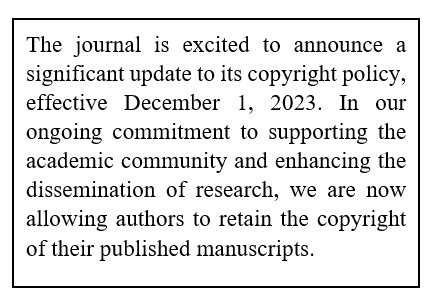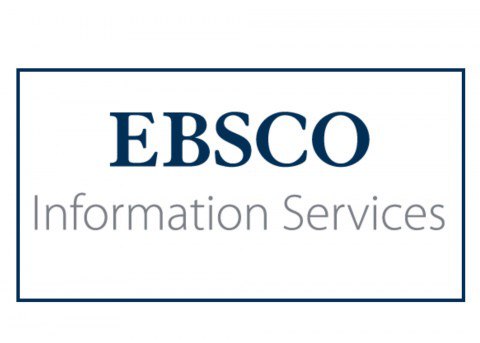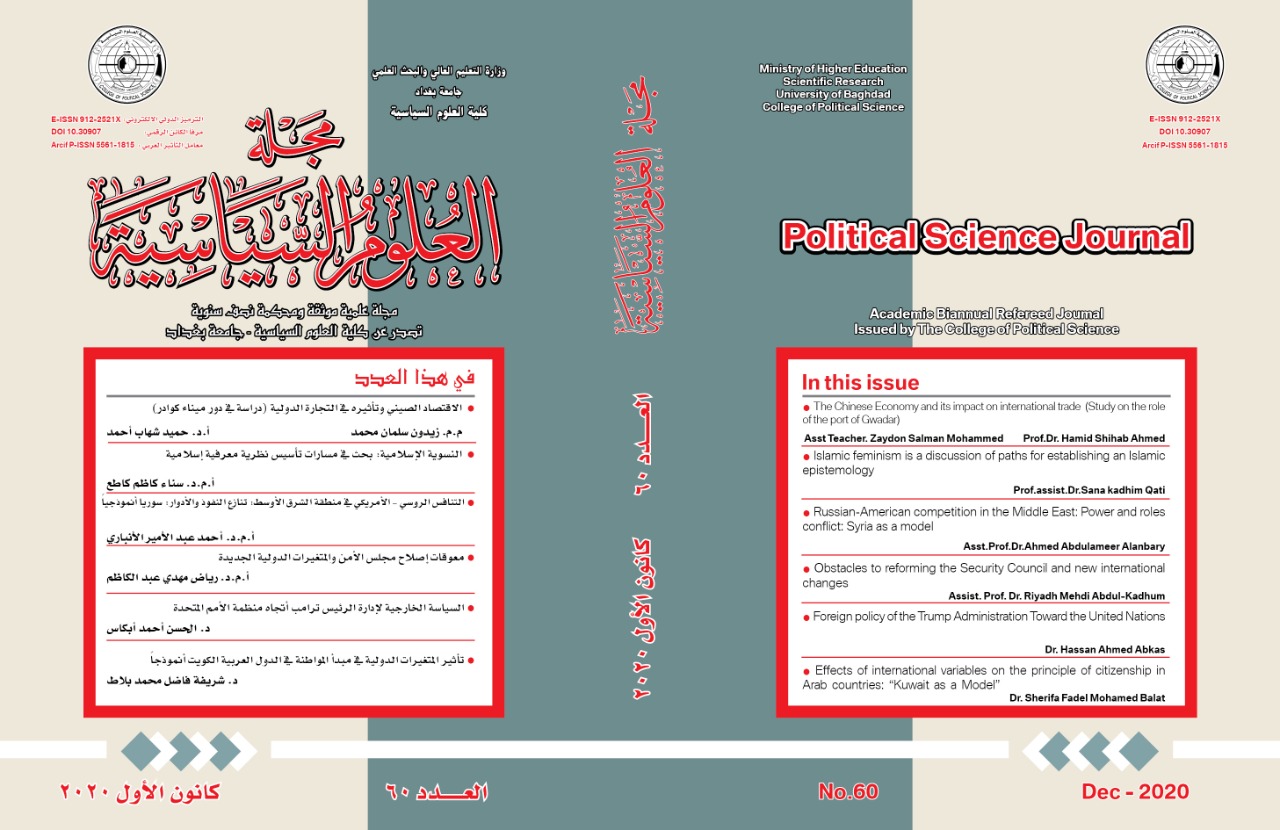Alternative Perspectives in Explaining the Conduct of US Foreign Policy: A Historical-Critical View of Decision-Making Models
DOI:
https://doi.org/10.30907/jj.v0i62.593Keywords:
decision-making process, decision-makers, United States, comparative chronological order, comparative politics in the US decision-making process, American politics, the role of communication and mass media in the decision-making process.Abstract
Receipt date:2/17/2021 acceptance date:3/16/2021 Publishing date:12/31/2021
 This work is licensed under a Creative Commons Attribution 4.0 International License.
This work is licensed under a Creative Commons Attribution 4.0 International License.
Objective: This paper investigates the contradictions in the decision-making process of the United States, which historically proven to be successful policies in the short term, but in the long term proven to be wanting and failure. Methodology: The paper uses descriptive, historical, comparative method. Also, the paper proposes four models to examine the decision-making process and how it differs in the short term and the long term. The models are: 1. Individual and rational model (Model I); 2. Organizational and groupthink model (Model II); 3. Governmental and bureaucratic model (Model III); 4. Communication and information model (Model IV). Results: the study shows that Models I and IV are among the major explanatory factors for the failure of the US decision-making process in the long term. Conclusion: the study concludes that there is contradictions in the decision-making process of the United States in the long term versus the short term, the proposed four models, previously mentioned, show that Models I and IV that could speak to such contradiction and failure in the short term. However, synthesizing all of the models is critical in understanding and explaining the conduct of the US decision-making process.
References
References
- Allison, G. (1969). Conceptual models and the Cuban Missile Crisis. The American Political Science Review, 63 (3), 698-718.
-Allison, G., and Halperin, M. (1972). Bureaucratic politics: A paradigm and some policy implications. World Politics, 24, 40-79.
-Allison, G. and Zelokow, P. (1999). Essence of decision: Explaining the Cuban Missile Crisis, 2nd ed. Pearson. P:379-387.
-Bastiansen, H., Klimke, M., and Warenskjold, R. (2019). Media and the Cold War in the 1980s: Between Star Wars and Glasnost. Cham, Palgrave Macmillan. P: 115-145
-Bernhard, N. (1999). U.S Television News and Cold War Propaganda, 1947-1960. Cambridge, Cambridge University Press.
-Boulianne, S. (2015). Social media use and participation: a meta-analysis of current research. Journal of Information, Communication and Society, 18 (5): Communication and Information Technologies Section (ASA) Special Issue.
-Bueno de Mesquita, B., and Lalman, D. (1992).War and reason: domestic and international imperatives.New Haven, CT: Yale University Press. P: 265-278.
-Bueno de Mesquita, B., Smith, A., Siverson, R., and Morrow, J. (2003). The logic of political survival. Cambridge, MA: The MIT Press. P: 273-326
-Charlesworth, J. (1967). Contemporary political analysis. 1st ed. New York: Free Press. P: 274.
-Cohen, B. C. (1963). The press and foreign policy. Princeton University Press, 627.
-Destler, I.M. (1972). Presidents, bureaucrats and foreign policy: the politics of organizational reform. Princeton, NJ: Princeton University Press. P: 52-65.
-Dougherty, J., and Pfaltzgraff, R. Jr. (2001). Contending theories of international relations: a comprehensive survey. 5th ed. New York: Longman. P: 553-615
-Hacker, K., Michael, C., Chris, W., and Gerri, M. (2006). Possible uses of blogs and computer-mediated communication for depolarizing political discourse. Communication and Technology of the International Communication Association Dresden, Germany.
-Hallin, D. (1984). The media, the war in Vietnam, and political support: A critique of the thesis of an oppositional media. The Journal of Politics, 46 (1), 2-24.
-Halperin, M., and Clapp, P. (2006). Bureaucratic politics and foreign policy. 2nd ed. Washington, DC: Brookings Institution Press. P: 9-24.
-Hermann, C., Kegley, C., and Rosenau, J. (1987). New directions in the study of foreign policy. Boston: Allen & Unwin.
-Iyengar, S., and Simon, A. (1993). News coverage of the Gulf crisis and public opinion: A study of agenda-setting, priming, and framing. Communication research, 20(3) 365-383.
-Janis, I. (1982). Group Think Psychological studies of policy decisions and fiascos. 2nd ed. Wadsworth: Cengage Learning. P: 176-274.
-Jones, Christopher M. (2017). Bureaucratic politics and Organizational Process Models. International Studies Association and Oxford University Press. Oxford Press (online publication). https://doi.org/10.1093/acrefore/9780190846626.013.2
-Kim, S., Scheufele, D.A., and Shanahan, J. (2002). Think about it this way: Attribute agenda-setting function of the press and the public’s evaluation of a local issue. Journalism and Mass Communication Quarterly, 79(1) 7-25.
-Lewis, D., and Rose, R.P. (2002). The president, the press, and the war‐making power: An analysis of media coverage prior to the Persian Gulf War. Presidential Studies Quarterly, 32(3) 559-571.
-Lippmann, W. (1947). The Cold War: A Study in the US foreign policy. The University of Michigan: Harper.
-Maoz, Z. (1981). The decision to raid Entebbe: decision analysis applied to crisis behavior. The Journal of Conflict Resolution, 25(4), 677-707.
-McCombs, M. E., Shaw, D. L., and Weaver, D. H. (2014). New directions in agenda-setting theory and research. Mass Communication and Society, 17(6), 781-802.
-McLuhan, M., and Powers, B.R. (1992). The global village: Transformation in world life and media in the 21st century. Oxford University Press.
-Most, B. and Starr, H. (1989). Inquiry, logic and international politics. Columbia, SC: University of South Carolina Press. P: 23-46.
-Neack, L. et al. (1995). Foreign policy analysis: Continuity and change in its second generation. Prentice Hall. P: 85-96.
-Rosati, J. and Scott, J. (2007). The politics of United States foreign policy. 4th ed. Thomson Wadsworth. P: 103-139.
-Rosenau, J. (1990). Turbulence in world politics: A theory of change and continuity. London: Frances Pinter. P: 19-31.
-Russett, B., Starr, H., and Kinsella, D. (2010). World politics: The menu for choice. 9th ed. Boston: Wadsworth. P: 105-134.
-Shaheen, J. (2001). The reel bad Arabs: How Hollywood vilifies a people. New York: Olive Branch Press.
-Simon, H. (1985). Human nature in politics: the dialogue of psychology with political -science. American Political Science Review, 79, 293-304.
-Starr, H. (1994). Revolution and war: rethinking the linkage between internal and external conflict. Political Research Quarterly, 47(2), 481-507.
-Strömbäck, J., and Dimitrova, D.V. (2006). Political and media systems matter: A comparison of election news coverage in Sweden and the United States. Harvard International Journal of Press/Politics, 11(4) 131-147.
-Williams, B.A., and Delli Carpini, M.X. (2000). Unchained reaction: The collapse of media gatekeeping and the Clinton-Lewinsky scandal. Journalism 1(1) 61-85.



















